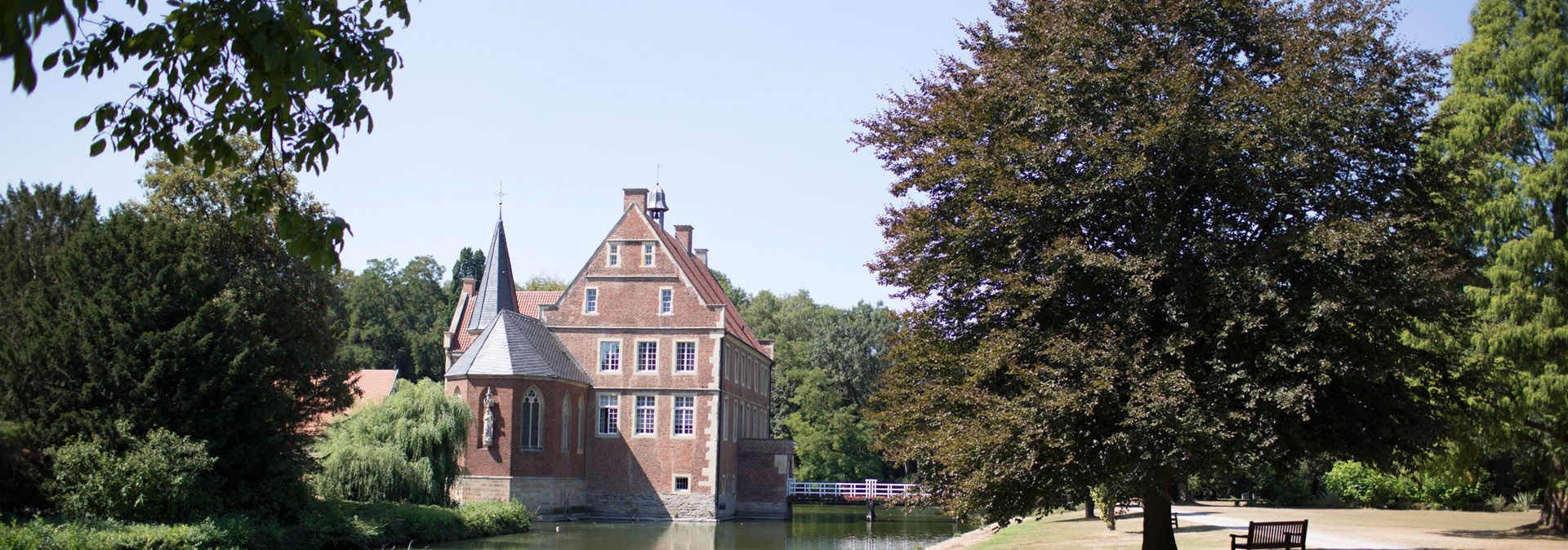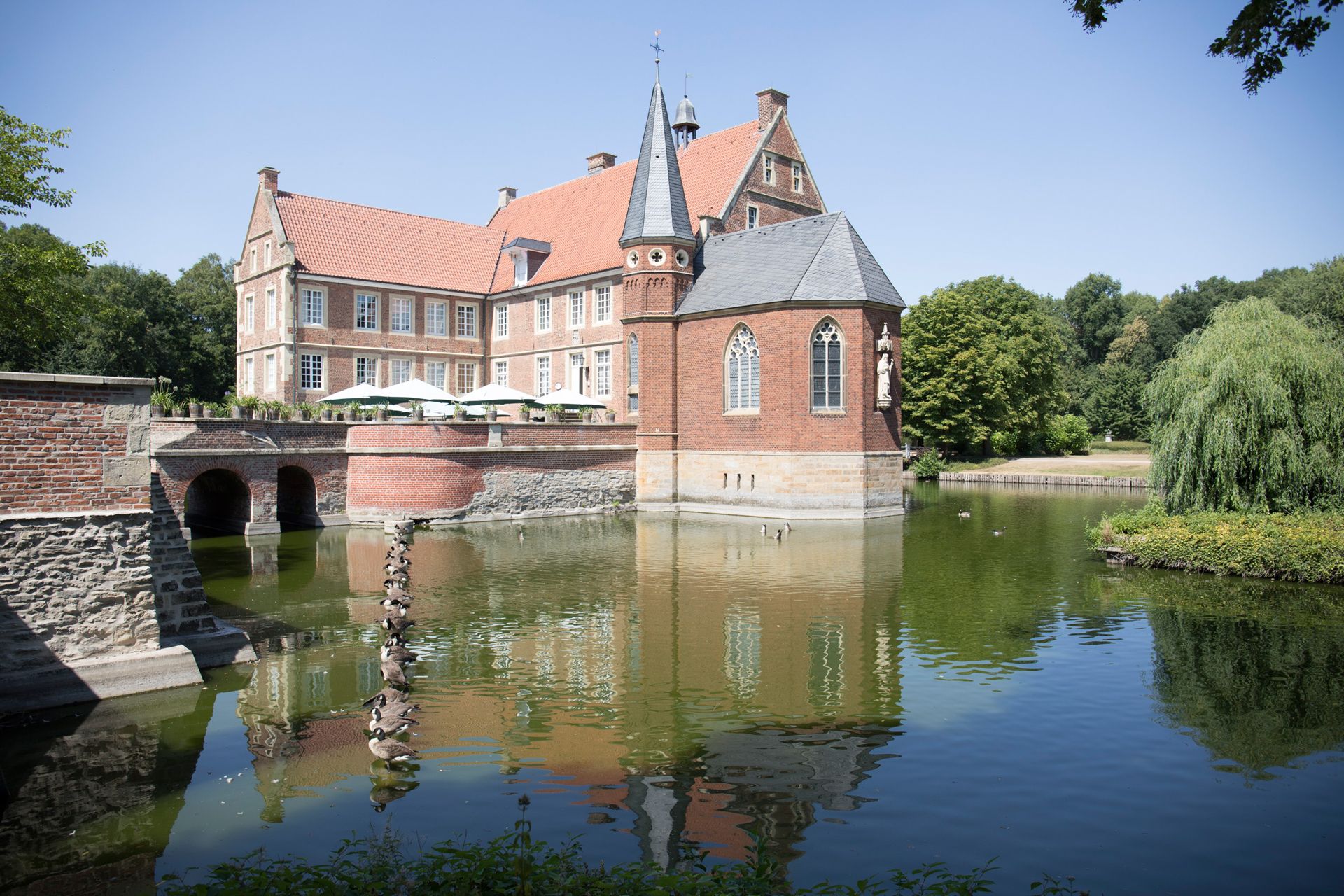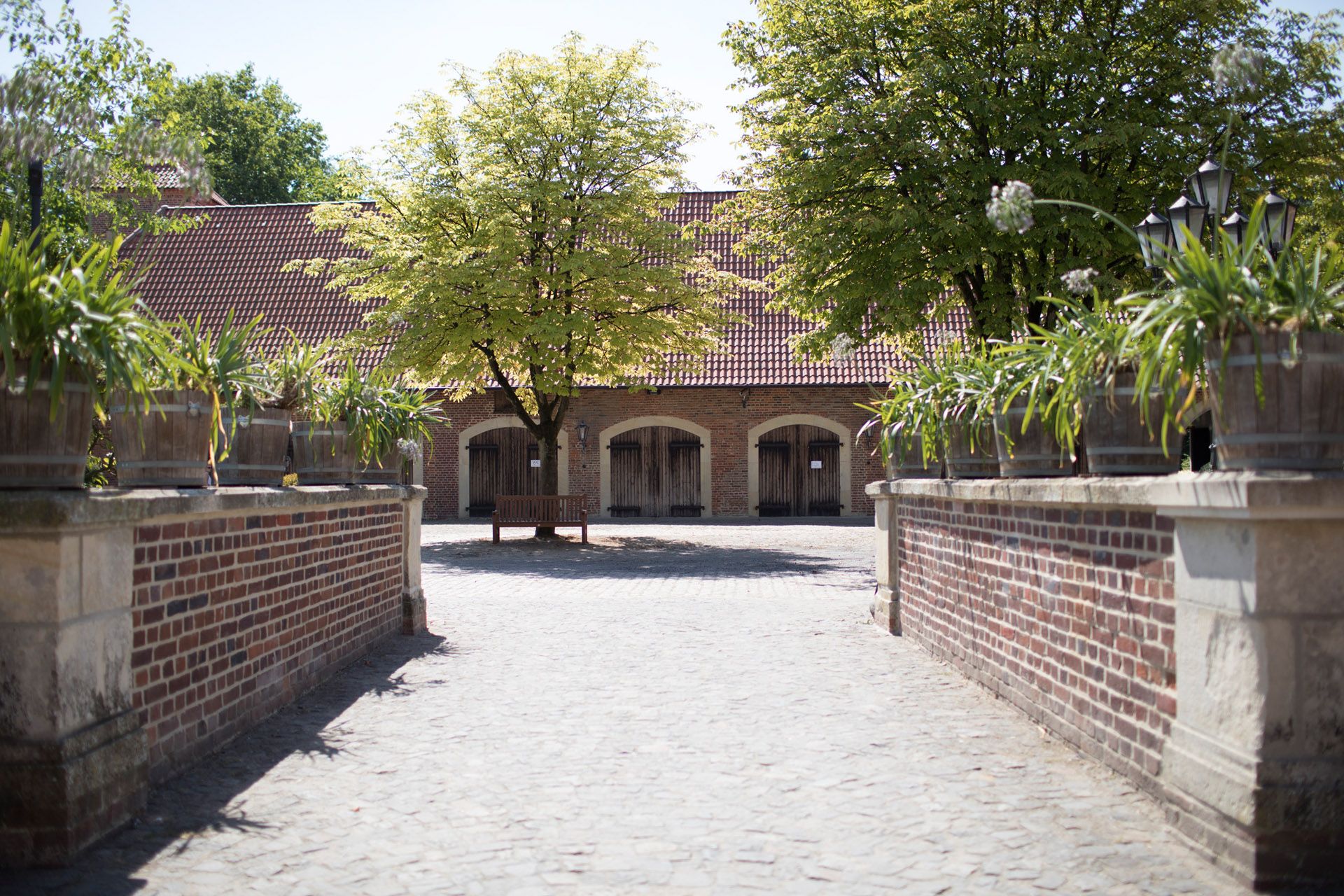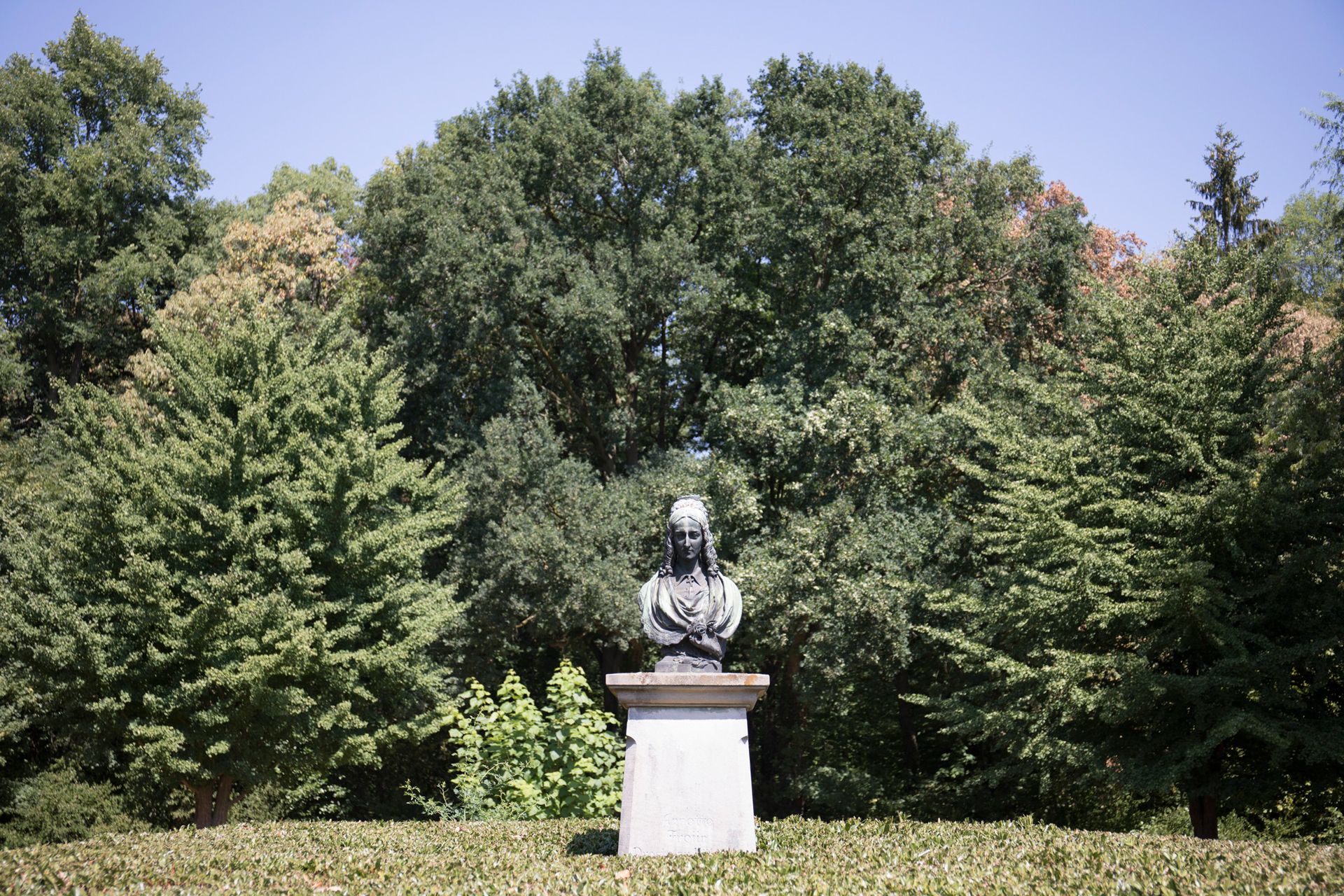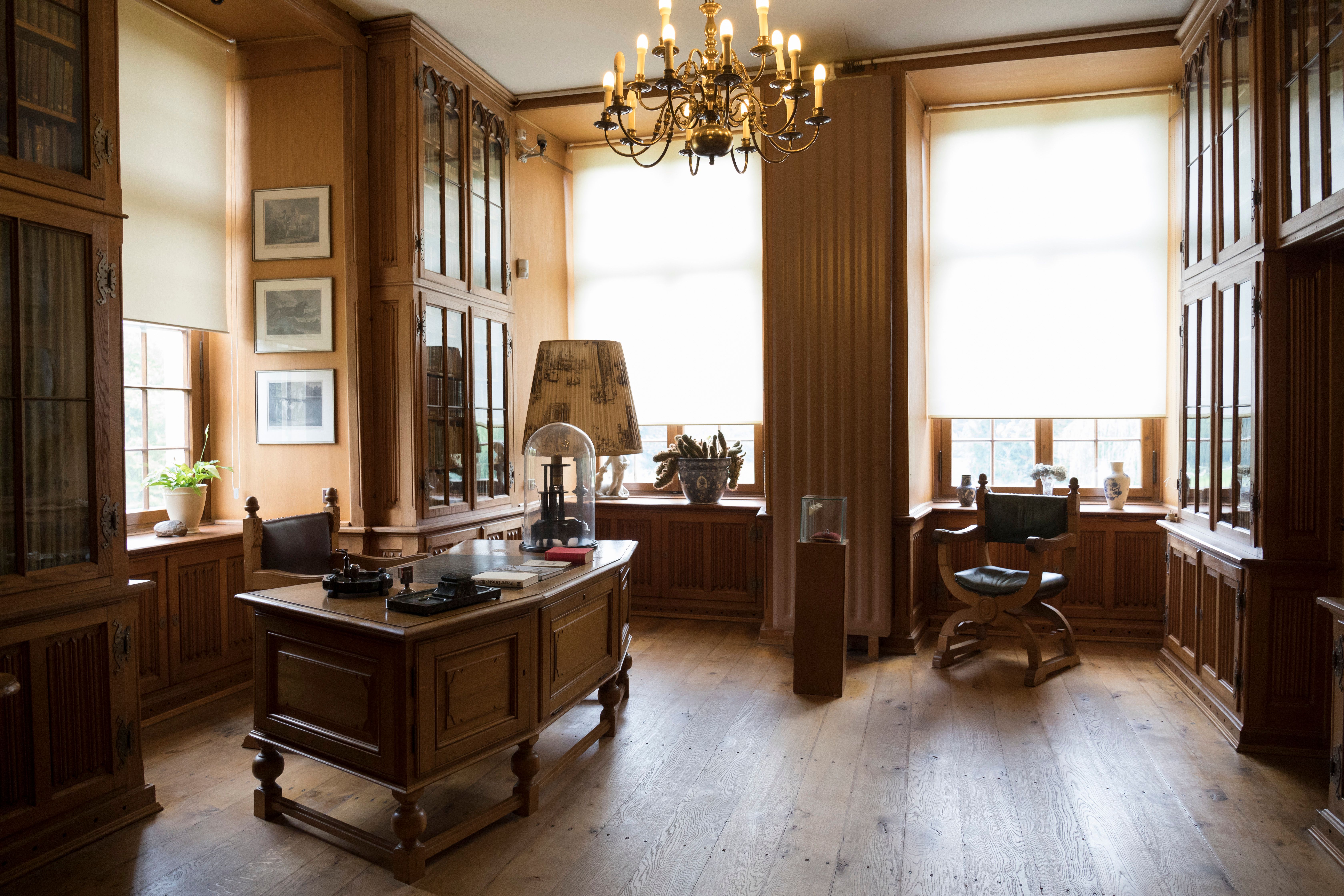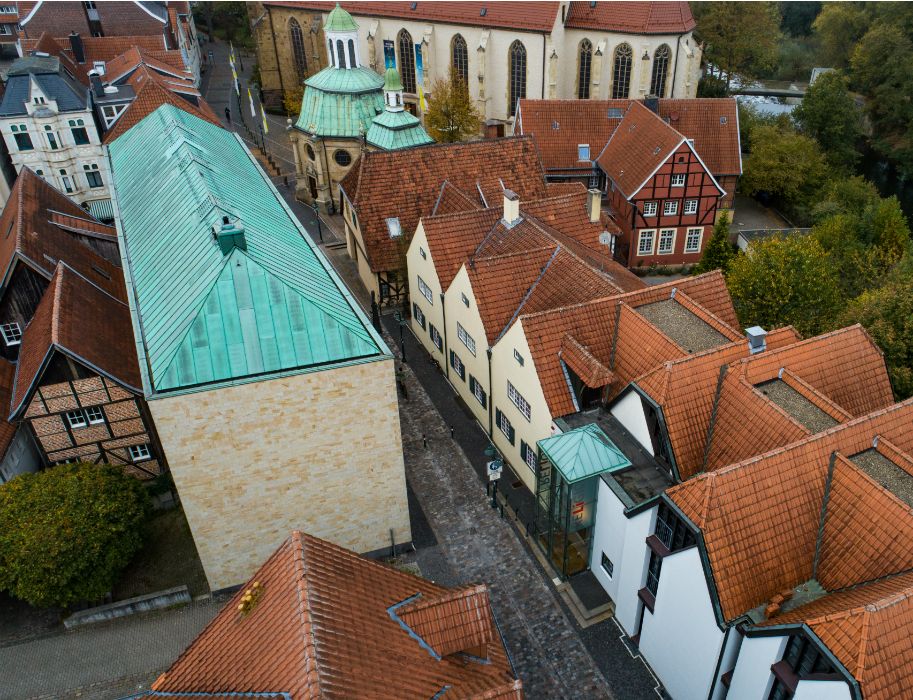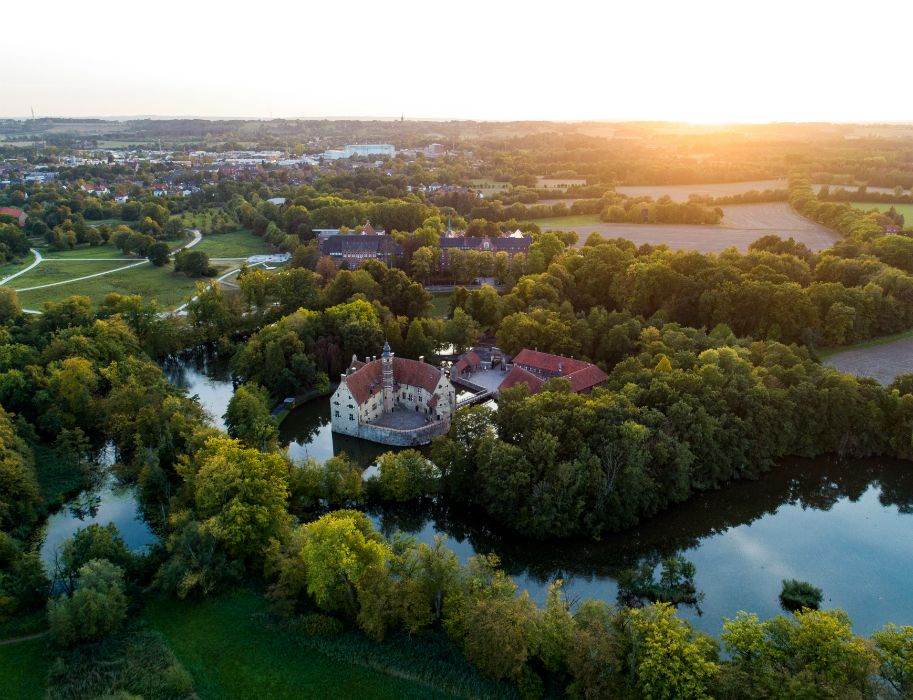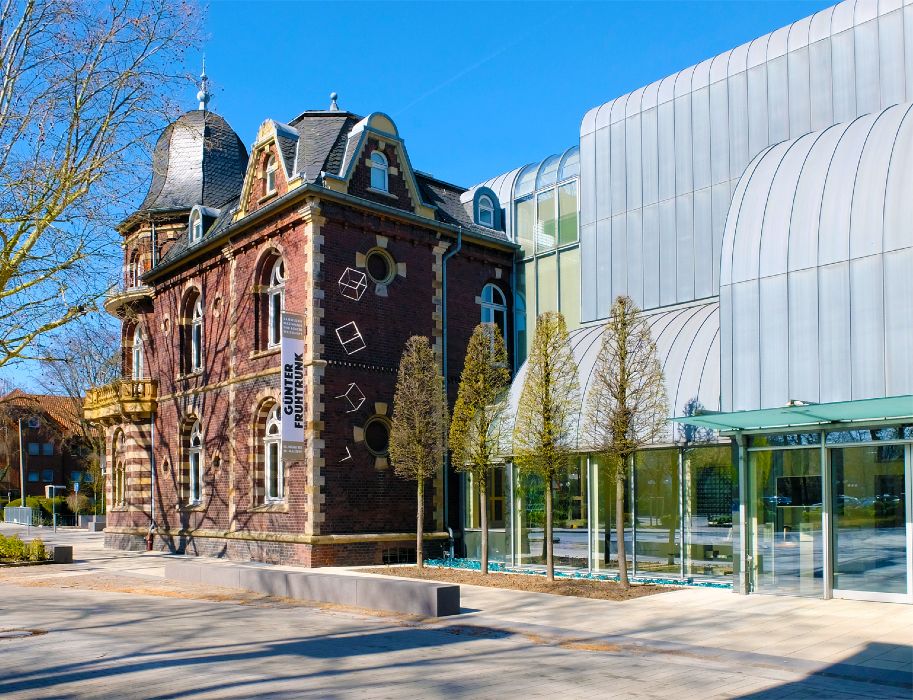Two centuries ago, the birthplace of the poet Annette von Droste-Hülshoff (1797-1848) was already the setting for outstanding poetic art and astute reflection on the world. In the coming years, the moated castle in Havixbeck, Münsterland, will be transformed into a "future place of literature".
Picturesquely embedded in a spacious, baroque park, Hülshoff Castle served the noble Droste zu Hülshoff family primarily as a retreat at the beginning of the 19th century. Today, however, the largely preserved Renaissance complex, including the outer bailey, presents itself as an open and public house. As a multifunctional event and exhibition venue, it will be open to all genres. From literature, music and performances to socio-political and scientific topics, there will be events throughout the complex.
Habits of the nobility
The manor house, Villa Schonebeck, built in Art Nouveau style, is already home to the Droste Museum. Here, visitors can gain a lively insight into the lifestyles of the Münsterland nobility during the Classicism and Biedermeier periods. In addition, the richly stocked family library and a number of personal items remind us of one of the most important German poets of her time, whose work still has an impact today. Finally, the magnificent garden hall offers visitors a view of the castle moat and the park, which is a popular destination for walkers in the summer months.
The poet's ancestors acquired and extended the former knight's seat in 1417. Annette von Droste-Hülshoff lived and worked here until the sudden death of her father. At the age of 29, she moved with her mother and sister to Haus Rüschhaus, just five kilometers away. In the elegant country house, framed by two small pavilions and a baroque garden, she wrote what is probably her best-known work: Die Judenbuche.
A place of change and dialog
Today, both building complexes are seen as a unit and are the setting for the new Center for Literature, which, under the direction of the literary scholar and author Dr. Jörg Albrecht, sees itself as a place of constant change and dialogue. Since June 2021, the Poetry Trail has linked Burg Hülshoff and Haus Rüschhaus. 20 stations in the landscape trace the transformation of literature, everyday culture and nature through the centuries.
